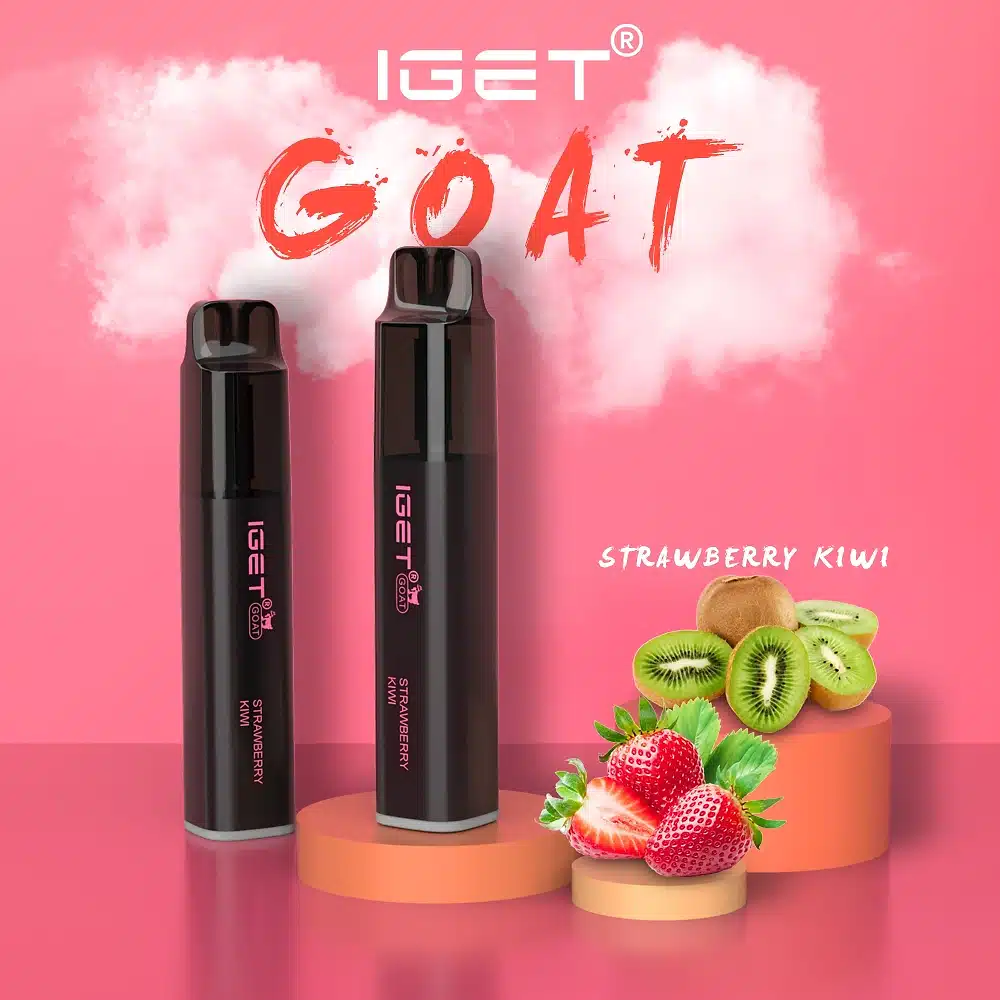Pest control is an intricate blend of art and science, designed to safeguard our homes, businesses, and natural environments from the diverse array of pests that can disrupt our lives. From the tiny ants invading our kitchens to the more menacing rodents making their way into our attics, effective pest control is crucial for maintaining a healthy and comfortable living space. This article delves into the various aspects of bed bug exterminator indianapolis, exploring both traditional and modern methods, and emphasizes the importance of integrated pest management (IPM) in ensuring long-term effectiveness.
Understanding the Pest Problem
Pests are organisms that cause harm or nuisance to humans, animals, or plants. They can be broadly categorized into insects (such as ants, cockroaches, and bedbugs), rodents (like mice and rats), and other creatures (such as birds and bats). Each type of pest poses unique challenges, necessitating tailored strategies for control.
Common Household Pests
- Ants: Known for their organized colonies and relentless foraging, ants can quickly invade homes in search of food and water.
- Cockroaches: These resilient insects are not only unsightly but can also carry diseases and trigger allergies.
- Bedbugs: Often hitchhiking on luggage or second-hand furniture, bedbugs are notorious for their painful bites and difficulty to eradicate.
Traditional Pest Control Methods
Historically, pest control has relied heavily on chemical solutions and physical barriers. Traditional methods include:
- Chemical Pesticides: These include insecticides, rodenticides, and fungicides designed to eliminate pests. While effective, they can sometimes pose risks to human health and the environment if not used properly.
- Traps and Baits: Physical traps and baits are common for managing pests like rodents and insects. They work by luring pests into traps or poisoning them through ingestion.
- Exclusion and Sanitation: Keeping homes and businesses clean and sealing entry points can prevent pests from establishing a presence.
Modern Approaches: Integrated Pest Management (IPM)
Integrated Pest Management (IPM) represents a more holistic approach to pest control, emphasizing the use of multiple strategies to manage pests in an environmentally and socially responsible manner. IPM involves:
- Monitoring and Identification: Proper identification of pests and understanding their behavior are crucial for selecting the right control methods.
- Preventive Measures: IPM focuses on preventing pest problems before they occur by improving sanitation, sealing entry points, and using pest-resistant materials.
- Biological Control: This method uses natural predators or parasites to control pest populations. For example, releasing ladybugs in a garden can help control aphid infestations.
- Cultural Control: Altering agricultural practices or habitat conditions can reduce pest attraction or reproduction. Rotating crops and managing irrigation are examples of cultural controls.
- Chemical Control: When necessary, IPM incorporates targeted and minimal use of pesticides to reduce potential risks.
Eco-Friendly Pest Control
With growing environmental awareness, many pest control companies and homeowners are turning to eco-friendly solutions. These include:
- Natural Pesticides: Derived from natural sources, these products are often less harmful to humans and pets.
- Non-Toxic Traps: Using traps that don’t rely on poisons helps minimize the risk of accidental poisoning.
- Integrated Approaches: Combining multiple non-chemical methods can effectively manage pests without harming the environment.
The Future of Pest Control
As technology advances, so too does pest control. Innovations such as smart traps with sensors, automated monitoring systems, and biological pest control methods are becoming more prevalent. These advancements promise more efficient, effective, and environmentally friendly pest management solutions.
Conclusion
Pest control is a dynamic field that blends traditional methods with modern innovations to address the challenges posed by pests. By embracing an integrated approach and prioritizing eco-friendly practices, we can manage pests effectively while safeguarding our health and the environment. Whether dealing with an ant invasion in your kitchen or a rodent problem in your attic, understanding the various pest control methods and their applications will help you make informed decisions and maintain a pest-free environment.


